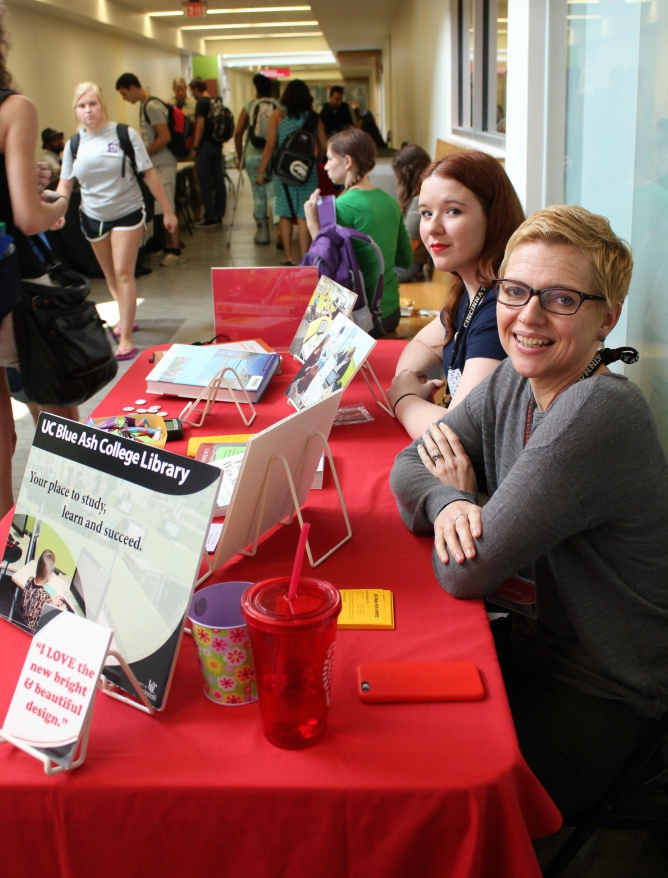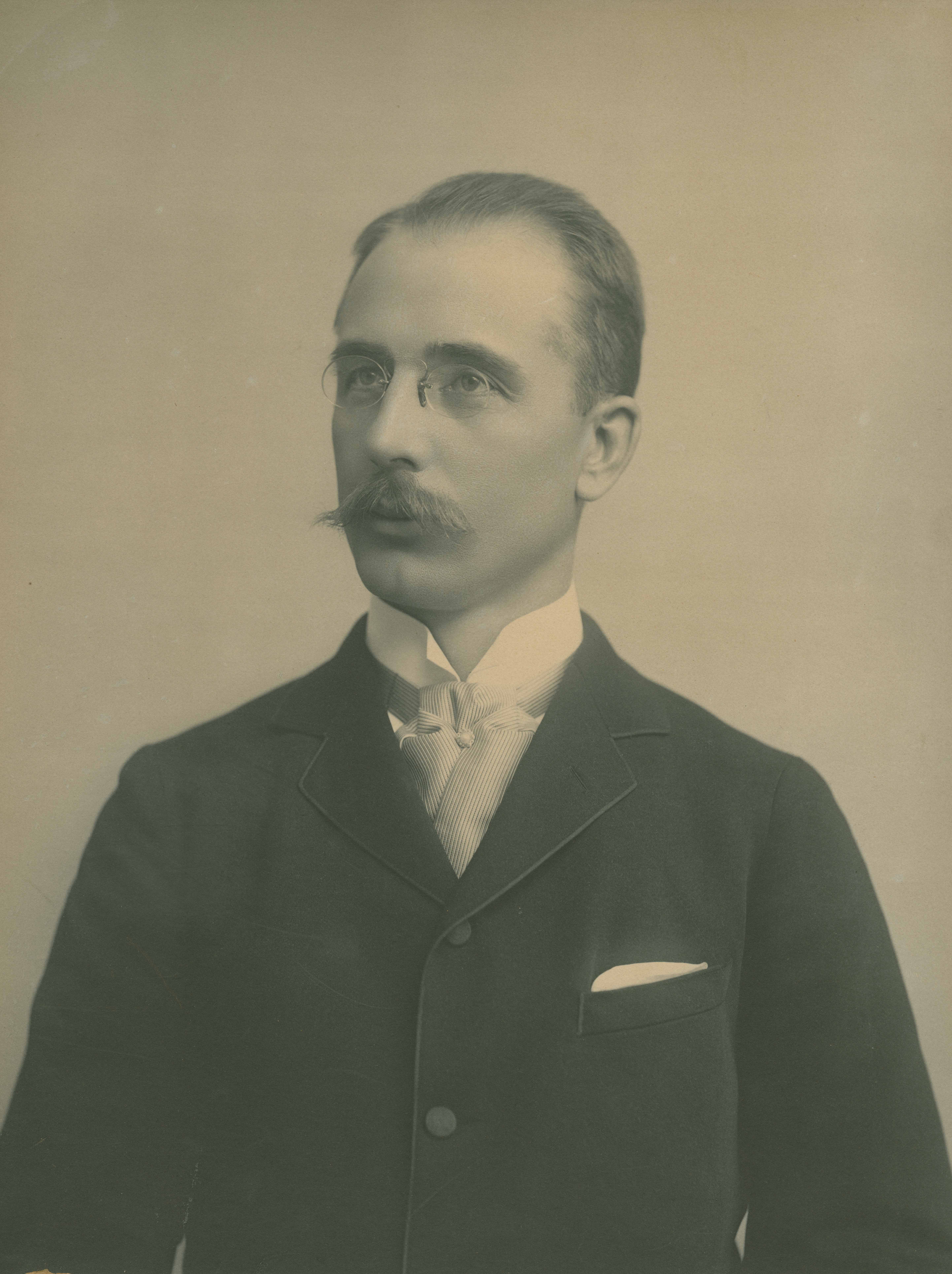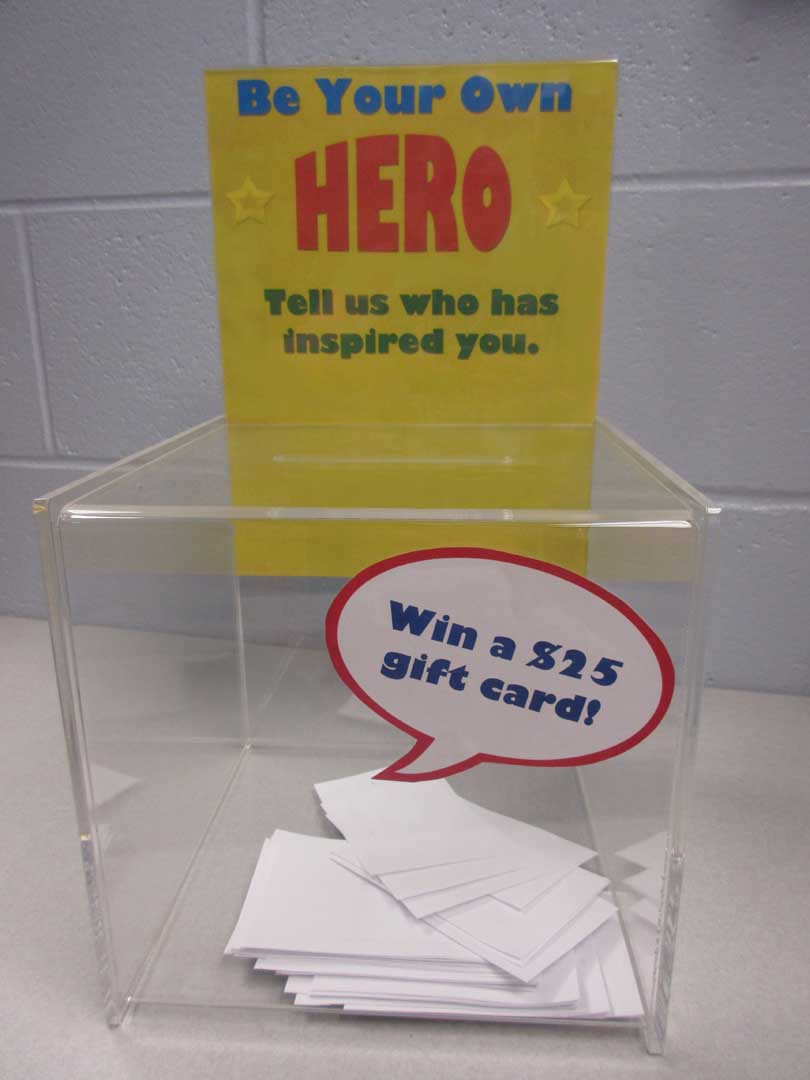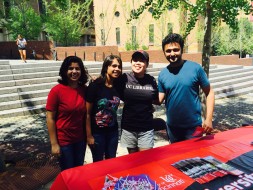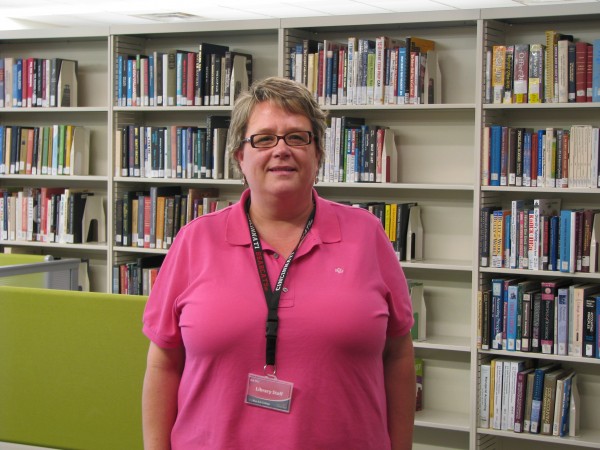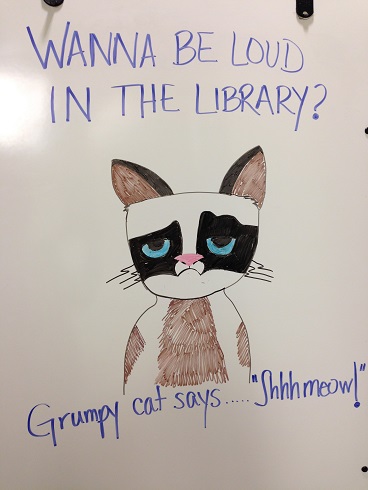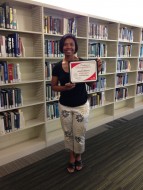Informatics Lab: A Collaborative Space for Innovation at the Health Sciences Library
The Informatics Lab is designed for innovative and collaborative hands-on learning experiences. It is a place for UC researchers and graduate students to connect, collaborate, and receive research support services. The space includes an iMac and a Windows PC with many visualization, design, and statistical software packages, 4 whiteboard tables and 2 moveable whiteboards for collaborative work.
To reserve the room or suggest software, contact us at informaticslab@uc.edu.
Hours: Mon.-Fri. 9 AM – 5 PM
Location: E005L (near the back of the E Level of the Health Sciences Library)
Technology and Software
Software
Windows 7:Office,Skype, SPSS,SAS,R, RStudio, Matlab,CLC Main Workbench,Cytoscape, ArcGIS, QGIS, GeoDA, TerraGO Toolbar, Satscan, EpiInfo, 7zip,Notepad++,Python + scipy + NumPy IGV,MySQL Workbench, Adobe Creative Cloud (Photoshop, Illustrator, Acrobat Pro, InDesign, InCopy, Dreamweaver, FlashPro/Builder, Acrobat Pro, Audition, Bridge, Animate, Prelude, Fireworks)
OSX:Office, Skype, SPSS, SAS, R, RStudio, Matlab, CLC Main Workbench, Cytoscape,QGIS, GeoDA, TerraGO Toolbar, Satscan, EpiInfo, TextMate, The Unarchiver, Python + scipy + NumPy IGV, MySQL workbench, Adobe Creative Cloud (Photoshop, Illustrator, Acrobat Pro, InDesign, InCopy, Dreamweaver, FlashPro/Builder, Acrobat Pro, Audition, Bridge, Animate, Prelude, Fireworks)
Equipment: 1 iMac,1 PC,1 AirMedia unit for wireless presentation from any mobile device,4 whiteboard tables, 2 standing whiteboards, 1 wall-mounted white board, 1 3D printer (coming in the future)
More information is available at http://www.libraries.uc.edu/hsl/digital/digital-labs-hsl.html
